If your symptoms are above the neck, go for it! Below the neck, it’s best to rest

We’ve all been there. Whether you’re this close to hitting a seven-minute mile, you’re one week into a brand-new Zumba® class or you just started making power walks after lunch your thing, that bug you woke up with couldn’t have come at a worse time.
Advertisement
Cleveland Clinic is a non-profit academic medical center. Advertising on our site helps support our mission. We do not endorse non-Cleveland Clinic products or services. Policy
You don’t want to lose your momentum, especially if you’re not that sick. But you also don’t want to make yourself feel any worse than you already do. And what if you’re contagious?
If you’re debating between hitting the gym or hitting the medicine cabinet, sports health physician Vikas Patel, DO, says it may be time to conduct a “neck check.”
A “neck check” isn’t exactly what it sounds like, but it’s close. If your symptoms are above the neck ― sore throat, coughing, sneezing or runny nose ― it’s typically OK to still work out. But if your symptoms are below the neck ― chest congestion or hacking cough, muscle aches, fatigue or upset stomach ― it’s a good idea to rest.
If you pass the neck check and want to try to power through a workout, Dr. Patel suggests cutting your effort by about 50%. Walk instead of run. Do one set instead of five. Or try a low-impact activity like yoga.
While generally helpful, the neck check isn’t foolproof.
If you have a fever, you 100% shouldn’t be exercising. And if you have asthma or a heart condition, Dr. Patel recommends speaking with your physician before exercising.
While the neck check might suggest it’s OK to get your blood pumping, you shouldn’t feel obligated to power through a workout if you’re not feeling well.
Advertisement
“The general rule of thumb is to listen to your body,” Dr. Patel says. “Taking a few days off won’t impact your fitness level.”
In fact — as any top athlete with tell you — good exercise routines build in opportunities to rest and recover.
There’s no hard and fast rule about what you can and can’t do when you’re sick, but common sense tells us that you should:
Exercise may be optional when you’re sick, but making sure you drink enough water isn’t.
According to Dr. Patel, it’s even more important to focus on hydration when you aren’t feeling well. “Most people who felt like working out, who had prolonged their sickness, were actually feeling the effects of dehydration,” he notes.
When it comes to working out while sick, it’s important to be mindful of other people’s safety — not just your own. That means avoiding gyms, exercise classes and team sports.
Whether you have the flu, COVID-19, or a run-of-the-mill cold, it’s important to remember that you could be contagious longer than you realize. Follow the guidelines below for when it’s safe to return to the gym — and when in doubt, work out at home.
If you have the flu, you were already contagious before your symptoms showed up. You’ll be most contagious during the first three or four days thereafter.
You can spread the flu for up to a week after your symptoms start. Children and adults with weakened immune systems may be contagious even longer.
The common cold can be even more infectious than the flu. Most people are contagious one to three days before first experiencing symptoms, and can stay that way for up to two weeks.
Advertisement
Your best bet is to wait at least 72 hours after your symptoms have resolved to return to the gym.
You’ve probably heard that you can “sweat out” a cold. But that’s not true.
While exercise is good for your immune system, that’s a cumulative effect over time. Put differently, consistent exercise may reduce the number of colds you get in general, but once you’re sick, your body’s immune response is what it is.
Some people may feel better if they do some light exercise with a cold, but it can also make your symptoms worse if you aren’t careful.
If you have COVID-19, the CDC recommends isolating for at least five days after the day you test positive and taking precautions like indoor masking for at least 11 days. To ensure the safety of your workout buddies, though, it’s best to wait until you’ve had two negative tests in a row, 48 hours apart, before hitting the gym.
When the time comes for you to return to the gym, your team or your favorite exercise class, keep in mind that there are many ways you can reduce the risk you pose to others, from wearing a mask and washing your hands, to bringing your own equipment with you and sanitizing the surfaces you touch.
To reduce your risk, keep listening to your body. If you don’t feel like you have the energy or strength for all those burpees, try jumping jacks instead. If you need to sit out the climbing portion of your cycling class, sit it out. And if you need to skip your workout and take a nap instead, don’t hesitate.
Advertisement
And if — after reading this — you have any lingering doubts about the wisdom of returning to your regularly scheduled exercise routine, speak with a doctor.
Advertisement
Learn more about our editorial process.
Advertisement
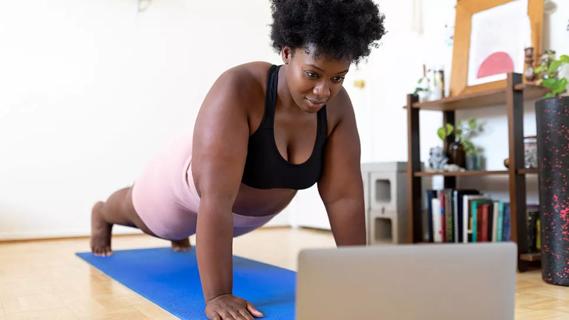
The exercise — which you’ve probably been doing since grade school — can be intimidating, but proper form can help
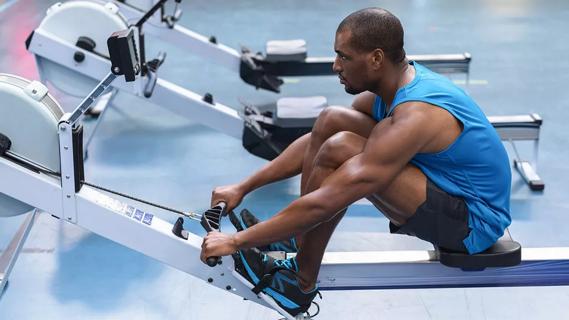
Exercise lowers risk for heart conditions, improves mental health and reduces visceral fat that can compromise your organs
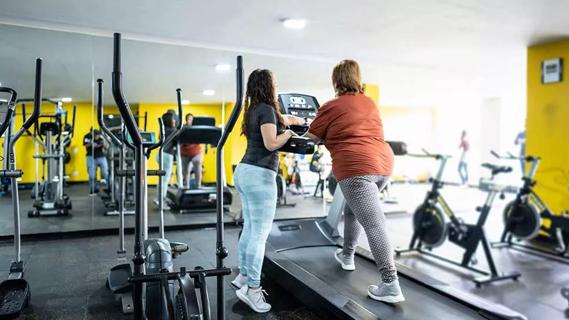
Ask questions, get referrals and consider if someone is a good fit for you and your fitness goals
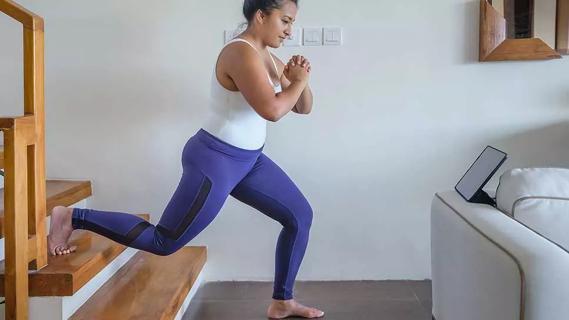
Expect a few bumps in the road, work out for the right reasons and give yourself some credit
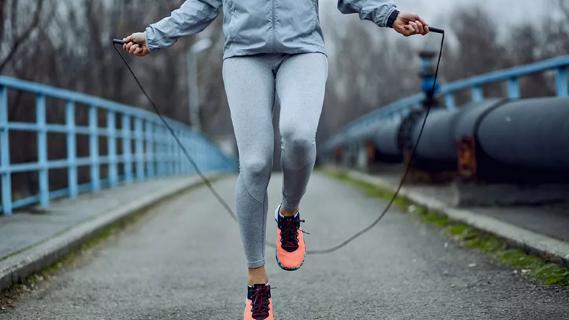
Jump into the swing of things to improve your coordination, burn calories and get your heart rate going
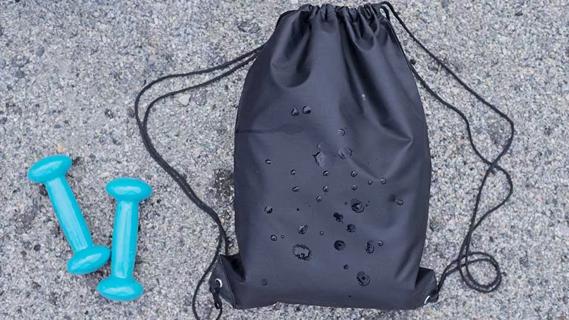
Walking with a weighted backpack is a low-impact, full-body workout that’s growing in popularity
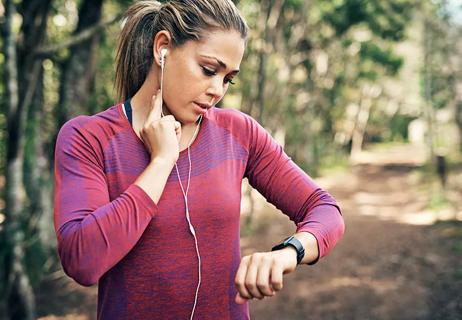
A super high heart rate means you’re burning more than fat
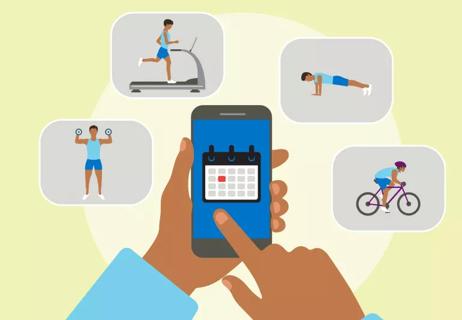
Meet your workout goals by accounting for frequency, intensity, time and type

Type 2 diabetes isn’t inevitable with these dietary changes

Applying a hot or cold compress can help with pain